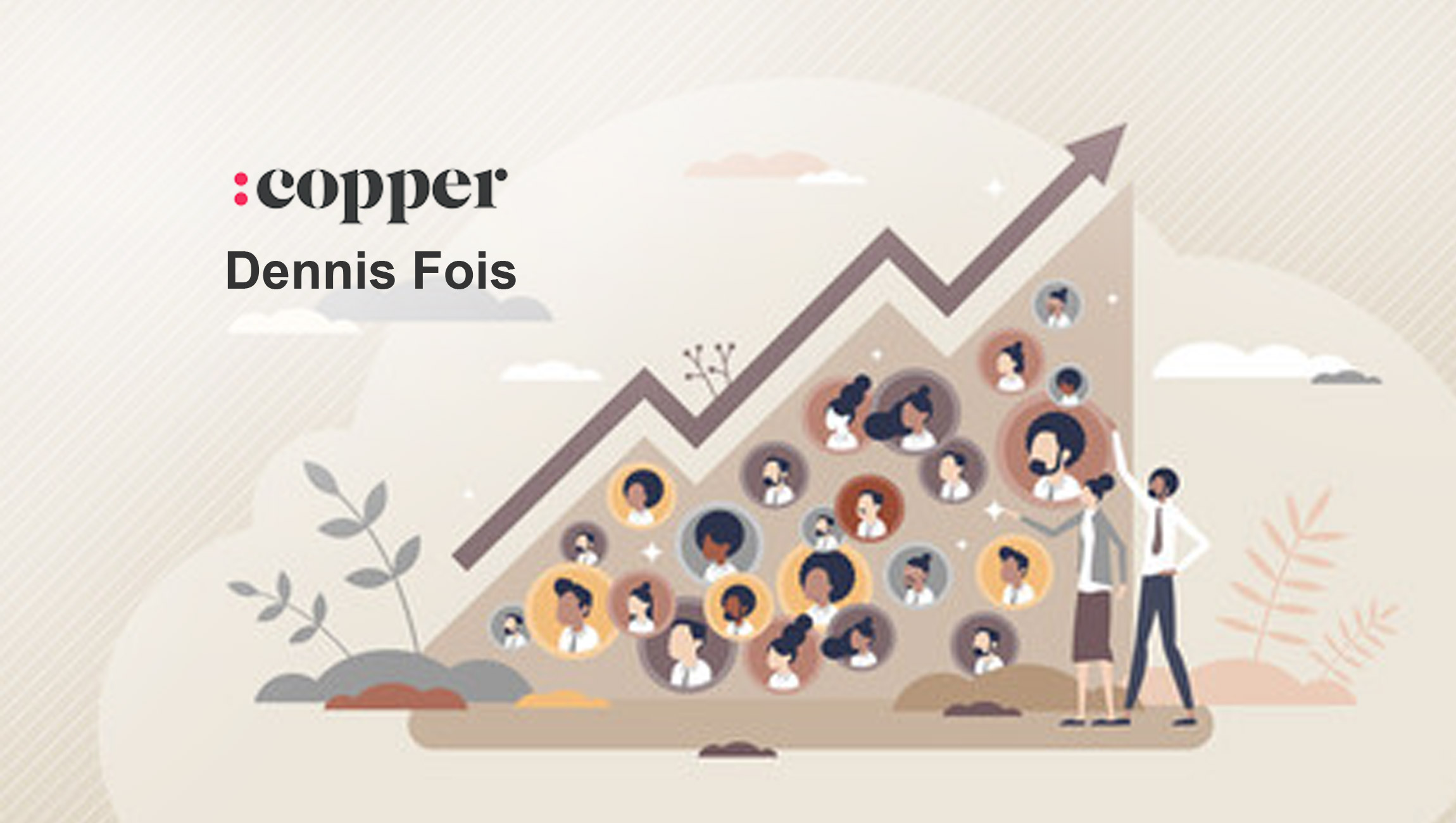Thanks to the Internet, we now live in a world of seemingly endless choice. There are, for example, over 300 providers of SaaS collaboration software, according to G2. Even the tiniest, most niche corner of the Internet finds itself with stiff competition.
This, despite the fact that cognitive functioning declines significantly when people are faced with more than 12 choices. An Oxford Scholarship Online study found that for every 10 funds added to a 401(k) plan, participation dropped between 1.5 and 2%. It turns out we don’t like entire grocery store rows of pasta sauce.
Marketing Technology News: MarTech Interview with Purandar Das, Co-Founder and President at Sotero
Instead of providing an ocean of options, marketers and salespeople can differentiate themselves to prospects and customers by acting as a personal concierge during the buying process. This helps isolate key customer pain points and solves specifically for them. Salespeople often feel the need to present a laundry list of options, in the hopes that one will hit. Marketers fail to infuse simplicity into their messaging. There is a huge opportunity here to help prospects avoid the paradox of choice and, by doing so, to forge deeper and stronger relationships that will grow the business.
It sounds crazy, but sometimes that means disqualifying a prospect altogether. When working with a prospect who may not benefit from the sophistication of your solution, a smart salesperson may actually redirect them to a different option that better fits their needs. While this might seem absurd – the first rule of business is not helping your competitors – you’re actually improving the core strength of your pipeline in the long run.
Why? Think about it. That prospect will realize that you’re willing to sacrifice your own quota to improve their needs, and you’ll forever become a trusted colleague. That type of advocacy can generate referrals. And referrals are one of the highest and most cost-effective sources of quality leads.
But you don’t have to totally disqualify a prospect to help people navigate the paradox of choice. You can tailor your offering to just those functions that truly solve the prospect’s pain point. This helps you connect with potential buyers on a human, personal level – and a more customized buying journey is likely to be a more profitable one, as 71% of consumers feel frustrated when a shopping experience isn’t personalized, according to Segment. People don’t do this today because it’s easier to demo from a single deck, or to market the what instead of the why. But it’s worth the customization.
Marketing Technology News: Martech Interview with Seth Thomas, Vice President at Klay Media
A great example of tailoring to specific customer needs is the way in which legal software provider Clio markets its software to customers. Clio (a Copper customer) buckets their offerings into two distinct groups; Clio Manage and Clio Grow. Clio Manage is catered to law firms looking to simplify firm management and to develop more efficient business processes. Clio Grow is geared towards law firms looking to grow and expand their businesses. Laying out product offerings in this manner is a great way for buyers to understand exactly what each product solves for, without getting too far into the weeds of technical details.
This strategy helps streamline the sales process and helps get more customers “through the door,” so to speak. Rather than deep diving into all the features, and risking confusion, Clio practices simplicity well and makes it easy for a customer to choose a path and proceed forward.
Realtors are – perhaps unwittingly – the stars of the show here. Agents work with prospective home buyers to identify and understand exactly what they’re looking for in a dream home. They then serve as a guide for home buyers, and work with them to present a very select set of options that fit their criteria. Realtors know that choosing from five homes is better than choosing from 15. This not only drives customer satisfaction, but also advocacy and referrals.
In a crowded, noisy marketplace, you can stand out by offering the least crowded, least noisy solution. By presenting your prospects with quality advice over a mass quantity of options, you instantly elevate yourself from salesperson to curator, and from curator to counselor. And time and time again, that’s what sustains the bottom-line.
Marketing Technology News: MarTech Interview with Monica Ho, Chief Marketing Officer at SOCi











